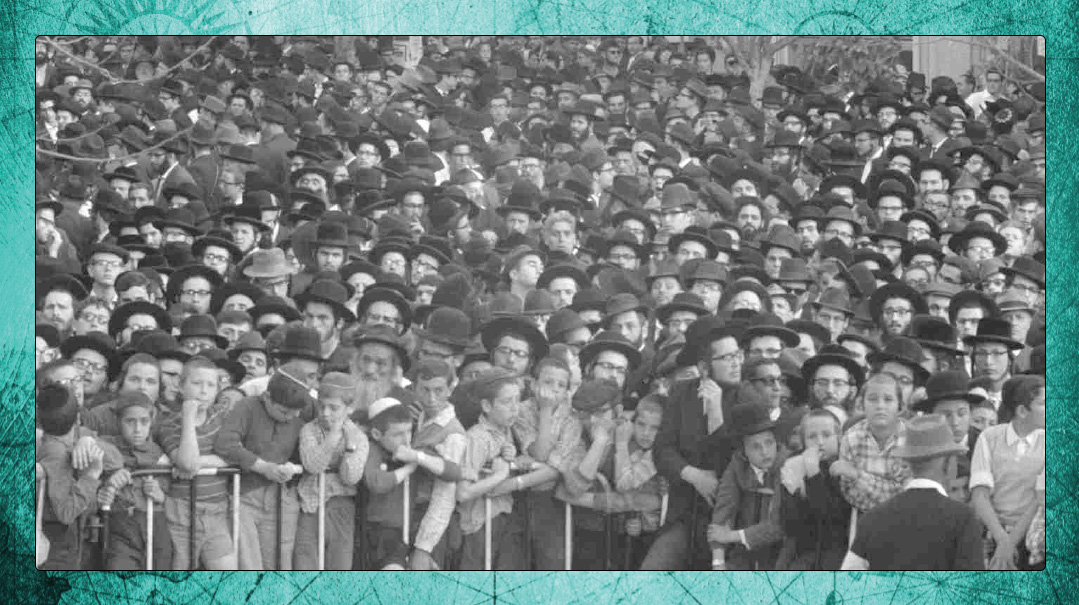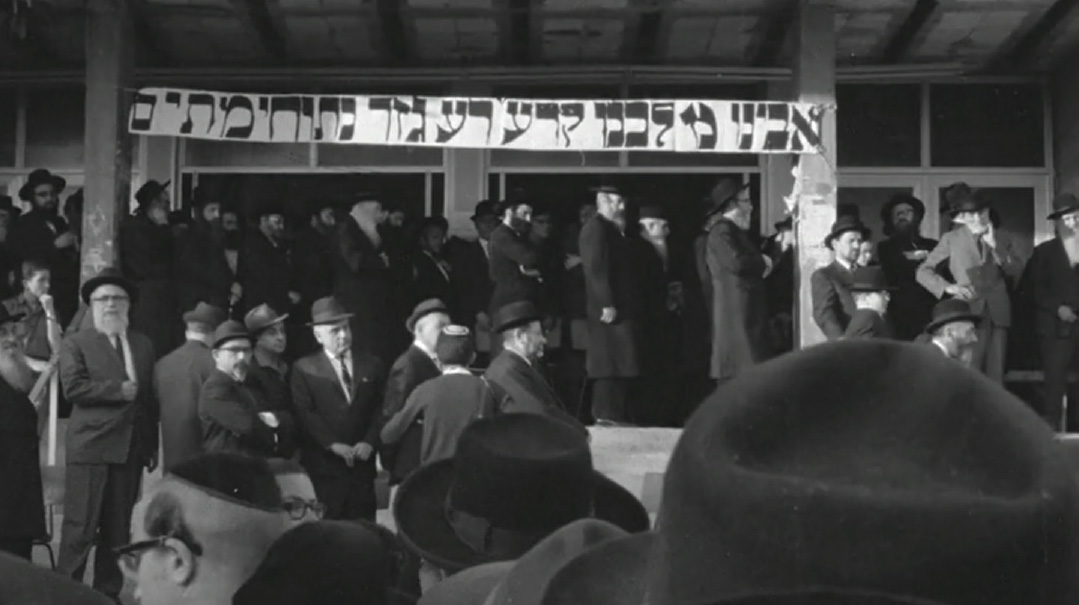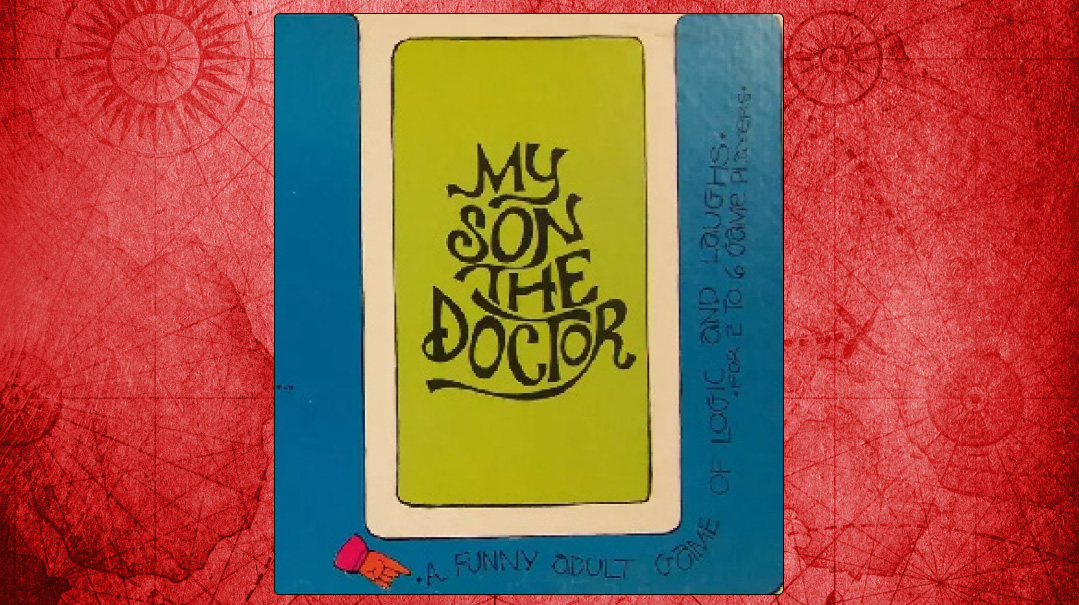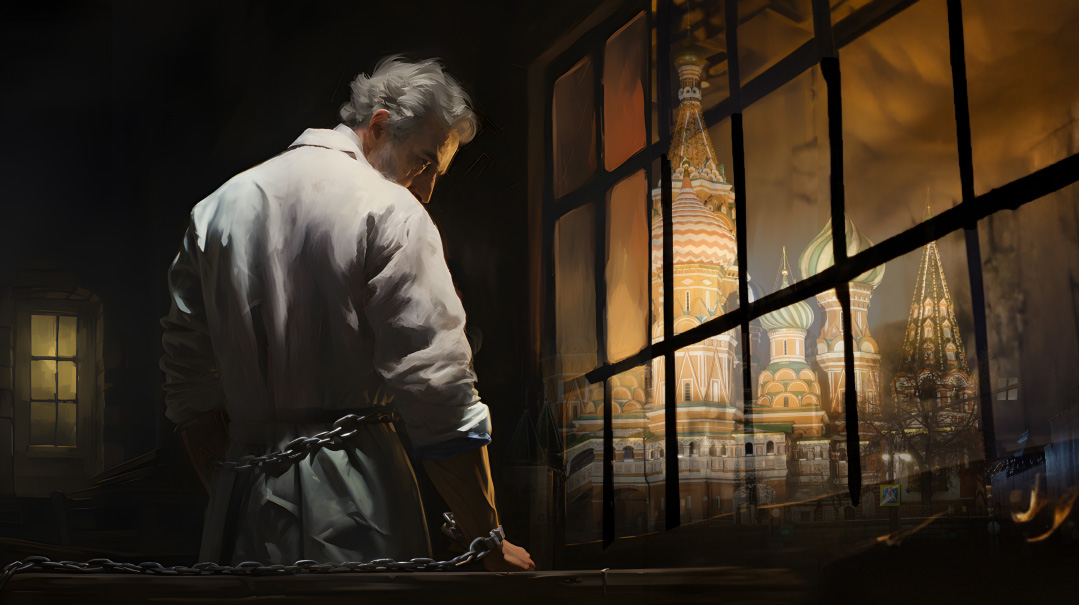Anatomy of a Scandal
| September 26, 2023“This shameful bill passed controversially in the Knesset, is responsible for many premature deaths in dangerously ill people who avoided medical treatment out of fear of the draconian regulations allowing their body to be dissected after death.”

A week before Pesach of 1967, with the country on edge in the run-up to the Six Day War, five thousand people gathered on Bnei Brak’s Rechov Rabbi Akiva to protest a national scandal.
Days before, 43-year-old Rebbetzin Rachel, wife of one of the city’s prominent rabbis, Rav Gedaliah Nadel, had passed away during heart surgery at the Tel HaShomer hospital. During her levayah, it was discovered that the hospital had failed to return the deceased’s heart, and had retained it for research purposes.
By Israeli law, the hospital had only erred in not securing the signatures of three authorized doctors; beyond that the family had no legal right to protest. But the callous treatment of the deceased woman outraged public feeling, already inflamed by the long-running scandal of “nituchei meisim” — the country’s systematic practice of autopsies in violation of halachah.
As pashkevilim of the period thundered, patients desperately avoided secular-run medical centers such as the capital’s Hadassah Hospital for fear that doctors would perform an autopsy or even harvest their organs for research after their death.
As the large crowd was addressed by some of Israel’s most prominent rabbanim, there was suddenly a graphic illustration of those fears.
An elderly man fainted, and as he was wheeled to the ambulance, he began screaming frantically, “No, no! Not the hospital!”
The crisis had been a long-time building. Clause 6 of Israel’s 1953 Anatomy and Pathology Law was the loophole that allowed autopsies to be performed against the wishes of the deceased’s family, to determine cause of death or to harvest an organ needed for another patient, contingent on the assent of three doctors.
That sweeping mandate — which made the country an outlier in the Western world in terms of the utter lack of personal autonomy — was the source of the controversy, because in practice hospitals arbitrarily claimed that they needed to confirm cause of death even when it was obvious.
Dozens of parliamentary questions and orders of business were brought forward concerning specific cases every year. After each election, the Agudas Yisrael party conditioned their entry into the government on an amendment to the anti-halachic law.
Finally, after relentless protests and lobbying, a nine-member public commission was appointed in 1961. It included rabbanim such as Rav Yitzchak Arieli and a future Chief Rabbi, Rav Avraham Shapira, and doctors — including religious ones such as the Shaarei Zedek hospital’s Dr. Falk Shlesinger.
After four years, the commission presented its recommendations to the health ministry. The most important conclusions were that the patient or their family should be able to delay or even prevent an autopsy, as well as that unclear cause of death was not automatic grounds for an autopsy. The commission also recommended that violation of the law be considered a criminal offense punishable with up to three years in prison.
In the wake of the commission’s recommendations, the government proposed in 1965 to amend the law. But the fine print consigned the amendments to irrelevance. Clause 4 laid down that if there was reasonable ground to believe that death was caused by a previously unsuspected health issue, or if there were any concerns of danger to public health, doctors were authorized to perform an autopsy even without informing the family of the deceased.
Prime Minister Levi Eshkol caved to pressure from the Israel Medical Association, and added a clause stipulating that if the deceased’s organ was needed for another patient, doctors were authorized to take it even against his own or his family’s wishes. Corneas could always be harvested, even if there were no patients in need of them at the moment.
In a letter to the health minister, Rav Tzvi Pesach Frank wrote: “This shameful bill passed controversially in the Knesset — whose members turned their back on everything holy — is responsible for many premature deaths in dangerously ill people who avoided medical treatment out of fear of the draconian regulations allowing their body to be dissected after death.”
By 1967, despite years of pressure, any hope of improvement to the dire situation seemed beyond reach. In fact, as Bnei Brak Mayor Shmuel Weinberg said at the Erev Pesach protest, the health ministry had directed hospitals to turn away patients who explicitly stated their refusal to a postmortem dissection.
Hadassah, which provided various services to Shaarei Tzedek and Bikur Cholim, the two religious hospitals, announced that it was suspending cooperation on the grounds that said hospitals wouldn’t permit unlimited post-death dissections.

The Erev Pesach protest against autopsies was headlined by some of Israel’s greatest rabbanim
While the official lobbying effort in the Knesset floundered, others tried a more direct approach: street action. The “Public Committee for the Defense of Human Dignity, an organization headed by the Brisker Rav’s son, Rav Refoel Soloveitchik, convened an annual Tishah B’Av Kinnos rally in Jerusalem’s Kikar HaShabbos, to keep the issue in the public eye.
A pashkevil from the period authored by the Committee, warning of organ harvesting, gives some flavor of the time. The poster tells the story of a family who were told that their critically-injured loved one had died in surgery, and that when they were admitted to the operating theater, saw that the doctors had already extracted the kidneys.
The fingerprints of Rav Refoel Soloveitchik — part of the Brisker dynasty famed for its focus on the study of the Rambam — are perhaps evident in another aspect of the poster: a box includes a full length quote on the prohibition against hastening death, from none other than the Rambam.
In parallel with this poster campaign, a number of young activists led a covert intimidation campaign aimed at deterring pathologists from practicing their trade. One was a talmid of the Chevron yeshiva, and later Zurich resident, named Yehoshua Lapidot, who was an associate of Rav Refoel Soloveitchik. Thanks to his intimidating bulk, whispering “Lapidess” was said to be enough to change the mind of many a recalcitrant pathologist.
Battling the system was another key activist named Rabbi Elazar Hanfling, who tirelessly showed up at every household where a death had taken place and attempted to spirit away the body before authorities could transfer it to the Abu Kabir Forensic Institute.
Arrested many times for his activities, the courts sometimes sided with Hanfling in ruling that medical authorities had contravened the law in mandating an autopsy.
The autopsy issue festered for years, and the government’s ongoing failure to bring Israel in line with Western countries’ protection of individual autonomy drew condemnation from rabbinical groups such as the American Agudath HaRabbonim and its chassidic counterpart, the Agudath HaAdmorim.
At one stage, Rav Moshe Tendler was sought out by the government as a scientific advisor because he was the address of New York hospitals on anything concerning Jewish autopsies, as a result of the standing of his father-in-law, Rav Moshe Feinstein. He made it clear that a foundational principle of American democracy is personal autonomy, and that after death, a person’s body belongs to the family.
Only after the 1977 defeat of the secular Labor Party and the far more tradition-friendly Likud’s inclusion of the chareidi parties in the coalition, was the law finally amended. Since then, autopsies are no longer performed except in the rare cases when there’s a suspicion of foul play, and today’s advanced technological tools don’t suffice.
The walls of Bnei Brak no longer groan under the weight of posters decrying autopsies, but in the chareidi community’s collective folk memory, the trauma lives on, and the term “nituchei meisim” is still a reminder of Israel’s authoritarian medical past.
(Originally featured in Mishpacha, Issue 980)
Oops! We could not locate your form.







